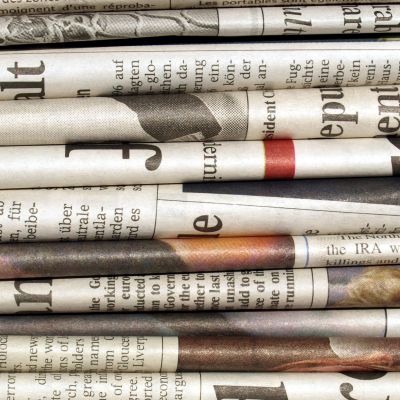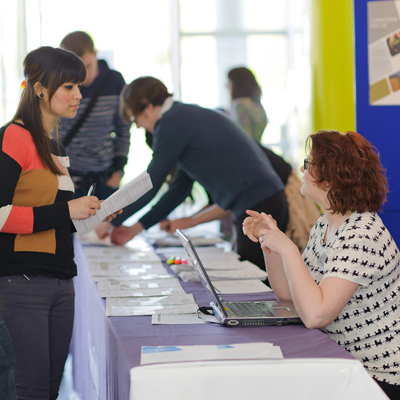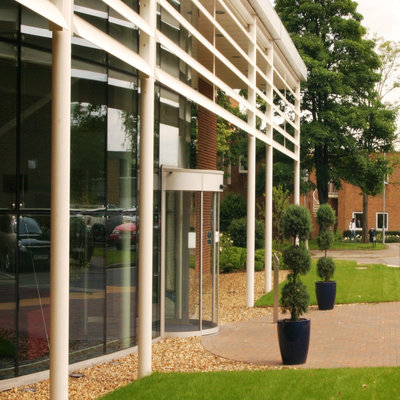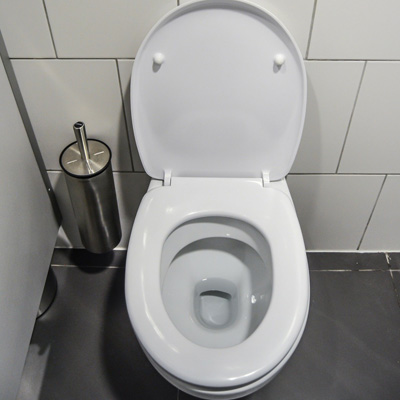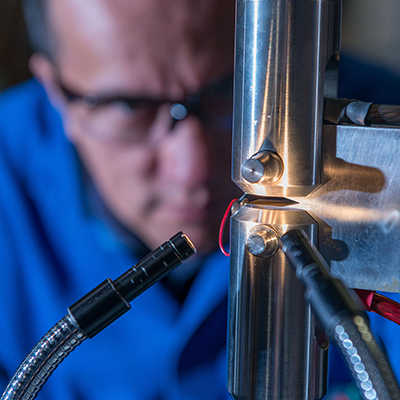There’s now £1 billion more food in people’s houses than three weeks ago. This consumer stockpiling has led to unavailability of products for others, and there’s a real danger that if this food isn’t eaten, we will see huge amounts of food waste.
Increase in avoidable waste
Richard Wilding OBE, Professor of Supply Chain Management at Cranfield School of Management, says UK food supply chains are well organised: “There is no immediate risk of stocking-out for long periods, if consumers purchase normally and only buy what is needed. Food waste occurs anywhere along the supply chain and some of it is unavoidable. Around one-third of food for human consumption gets lost or wasted globally, around 1.3 billion tonnes a year. Most of this food waste occurs when it reaches consumers and what is happening with panic buying is a potential increase of avoidable waste at the end of the chain, after purchase.”
Consumers have a role to play
Emel Aktas, Professor of Supply Chain Analytics, says: “An immediate risk of increased food waste, especially for fresh produce, now exists. If freezing is not practised with discipline, we are in immediate danger of increasing food waste since most of the products have a shelf life of four to seven days. This is the costliest, most detrimental outcome to the environment – we have used natural resources for the product itself and for its packaging, and emitted CO2 to make it available on the shelf for purchase.”
Switching the supply chains
Stockpiling can be driven by people worrying that food supplies are running low. But Professor Richard Wilding says that this isn’t the pressing issue: "Food is available, it's just in the wrong place. For instance, restaurants and bars aren't taking food supplies and that is having to be diverted to other supply chains. To switch the food to other supply chain channels, the biggest challenge is capacity - in terms of vehicles, drivers, warehousing, storage, and other logistics.”
Biggest surplus is in the home
Professor Wilding says, “The worst place we see surplus is in the home - this is the most wasteful area, where people throw away unused food."
Professor Aktas continued: “Buying more than can be consumed within the shelf life of the product generates the costliest food waste which can be avoided by behaviour change: our food choices, food shopping practices, and how much we think about what will happen to the food we buy - if we cannot consume it in time. It starts and ends with us - consumers.”
Forecasting the supply chain
Professor Wilding says that supply chain forecasting is now down to guesswork. "There is potential for increased levels of food surplus, as forecasting algorithms were developed in a more stable time. But the current volatility means that supply chain teams have to guess levels of demand.
"There are only two types of forecasting - lucky ones and wrong ones. We are probably at a time where some people may have been lucky."
Action for consumers
As outlined on the Food Standards Agency website:
- Ensure your food is stored correctly.
- Review ‘best before’ and ‘use by’ dates.
- Best before dates are all about quality not safety so can be consumed when expired although the quality may not be what it is when fresh.
- After the use by date, don't eat, cook, or freeze it.
- If you have a stockpile, think of others, if you now see you will be unable to eat it within the use by date, ensure someone else has the opportunity to utilise the precious and costly resource before the use by date arrives. Try to give your food to Food Banks or Charities.
- But do remember that giving out food after its ‘use by’ date puts people at risk and could lead to enforcement action being taken against the food bank.
About Cranfield University
Cranfield University is a specialist postgraduate university that is a global leader for education and transformational research in technology and management.
